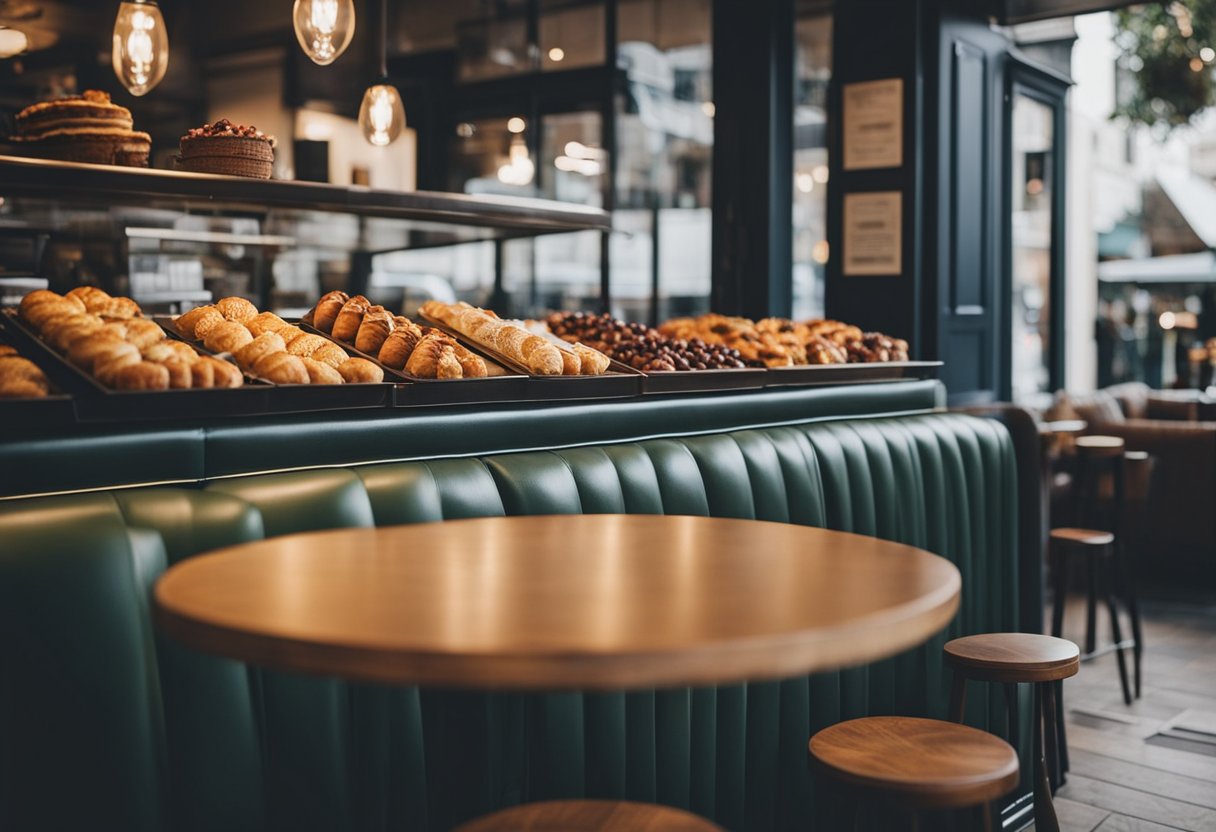
The Shell House: A Lost Treasure of Southbourne Have you ever heard of the Shell House, a unique and whimsical attraction that once graced the seaside town of Southbourne in Dorset? If you have, you might be one of the lucky ones who got to visit this amazing place before it was demolished in 2008. […]
Have you ever heard of the Shell House, a unique and whimsical attraction that once graced the seaside town of Southbourne in Dorset? If you have, you might be one of the lucky ones who got to visit this amazing place before it was demolished in 2008. If you haven’t, let me tell you a bit about this remarkable creation and its creator, George Howard.
George Howard was a former hotelier who retired to Southbourne with his wife Sarah in 1948. He started collecting shells from the nearby beach and soon had a passion for creating shell art. He decided to transform his garden into a shell wonderland, in memory of his son Michael who died at the age of 14 from meningitis.
Over the years, he collected more than a million shells from all over the world, as well as other materials such as lava rock, coral, quartz, and even fossilised tree. He used them to create various scenes and structures, such as two grottos, a statue of Saint George and the Dragon, a church, a lucky fountain, several shrines, and a wishing well. He also embedded some rare and valuable tiles from William Morris and William de Morgan into the concrete.
He opened his garden to the public in 1952 and charged a small admission fee, which he donated to various charities. He also welcomed visitors to take photos of their children sitting in a giant clam shell from the Philippines, which he claimed was the biggest shell in Britain. He said he created his shell artworks because “shells are the only things in this world that grow more beautiful after death.”
The Shell House soon became a popular tourist attraction and a local landmark. It attracted media attention from various sources, such as BBC Radio Solent, British Pathé, and Dorset Life magazine. It was also featured in several books and documentaries about English eccentricities and folk art.
Many people admired George’s creativity and generosity, and some even sent him letters of appreciation and gratitude. He kept these letters in frames and displayed them in his grottos, along with records of his charitable donations. He also received gifts of shells and other items from his fans and friends.
George died in 1979 at the age of 83, but his wife Sarah continued to run the Shell House until her death in 1997. The Shell House was then inherited by their daughter Margaret, who tried to preserve it as much as possible. However, she faced many challenges such as vandalism, theft, decay, and legal issues.
In 2008, Margaret decided to sell the Shell House to a developer who planned to demolish it and build an apartment block on the site. She hoped that some of the shell artworks could be salvaged and relocated to a museum or a park, but this proved to be difficult due to their fragile condition and complex ownership.
Many people were saddened by the news of the Shell House’s impending destruction. Some tried to protest or petition against it, but their efforts were unsuccessful. Some managed to visit the Shell House one last time before it was closed to the public. Some took photos and videos of it as a souvenir. Some even took some shells or tiles as a memento.
The demolition of the Shell House began in October 2008 and was completed by December 2008. The apartment block was built on the site and named “The Shells” in honour of the former attraction. However, nothing remains of the original Shell House except for some memories and stories.
The Shell House may be gone, but it is not forgotten. It lives on in the hearts and minds of those who knew it or visited it. It also lives on in the archives and records of those who documented it or studied it. It is still regarded as one of the most remarkable examples of shell art and folk art in Britain.
The Shell House also inspired many people to create their own shell artworks or gardens. Some of these can be found online or in other places around the world. Some of these are dedicated to George Howard or influenced by his style.
The Shell House also taught us some valuable lessons about life, death, beauty, love, and creativity. It showed us that even ordinary things like shells can become extraordinary with imagination and passion. It showed us that even simple acts like collecting shells can make a difference in the world with kindness and generosity. It showed us that even ephemeral things like shells can last forever with memory and legacy.
The Shell House was more than just a house made of shells. It was a masterpiece made by George Howard.
Sources for this article: